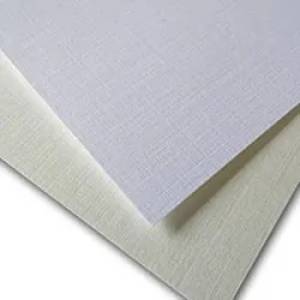Description
The Packaging Industry: A Comprehensive Overview
The packaging industry is a vast and dynamic sector encompassing the design, production, and distribution of packaging materials for a wide range of products across various industries. This description delves into the key aspects of this crucial element of the global economy.
What is the Packaging Industry?
The packaging industry encompasses the entire lifecycle of packaging, from the initial conceptualization and design to the final disposal or recycling. It involves the development and manufacturing of a broad spectrum of materials, including:
- Materials: Paperboard, corrugated cardboard, flexible films (plastic, foil, and paper-based), glass, metal (aluminum, steel), wood, and increasingly sustainable bio-based alternatives.
- Processes: Printing, converting (cutting, folding, shaping), filling, sealing, labeling, and palletizing.
- Technologies: Advanced printing techniques (flexography, gravure, offset), automation in manufacturing, and innovative packaging solutions (e.g., active and intelligent packaging).
- Services: Design and development, testing and certification, logistics and supply chain management.
Market Segments:
The industry is segmented based on several factors, including:
- Packaging Type: Flexible packaging, rigid packaging, corrugated packaging, folding cartons, labels, and closures.
- Material Type: As listed above, representing significant variations in cost, sustainability, and performance characteristics.
- Industry Served: Food and beverage, pharmaceuticals, cosmetics, electronics, industrial goods, and e-commerce, each with specific packaging requirements.
- End-Use Application: Consumer goods, industrial goods, bulk shipments, retail displays, and more.
Key Trends Shaping the Industry:
- Sustainability: Growing demand for eco-friendly packaging materials (recycled content, biodegradable options, compostable packaging) and reduced packaging waste.
- E-commerce Growth: Increased demand for protective and convenient packaging for online deliveries, driving innovation in cushioning materials and sustainable shipping solutions.
- Automation and Technology: Implementation of advanced automation technologies to enhance efficiency, reduce costs, and improve quality control.
- Consumer Experience: Focus on creating attractive and functional packaging that enhances the brand experience and drives sales.
- Supply Chain Resilience: Efforts to create more resilient and transparent supply chains to address disruptions and ensure timely delivery.
- Legislation & Regulations: Increasingly stringent regulations related to food safety, material composition, and waste management are influencing packaging design and materials selection.
Challenges Faced by the Industry:
- Fluctuating Raw Material Prices: Dependence on commodity prices for key materials like paper, plastic, and metals can impact profitability.
- Environmental Concerns: Addressing the environmental impact of packaging waste remains a major challenge, necessitating innovation in sustainable packaging solutions.
- Regulatory Compliance: Navigating complex and evolving regulations related to food safety, labeling, and waste management.
- Supply Chain Complexity: Managing global supply chains and ensuring timely delivery of materials and finished products.
Future Outlook:
The packaging industry is poised for continued growth driven by factors such as global population growth, increasing consumption, and the expansion of e-commerce. Innovation in sustainable materials, automation, and intelligent packaging will play a crucial role in shaping the industry's future. Companies focusing on sustainability, efficient processes, and consumer-centric design will be best positioned for success.
